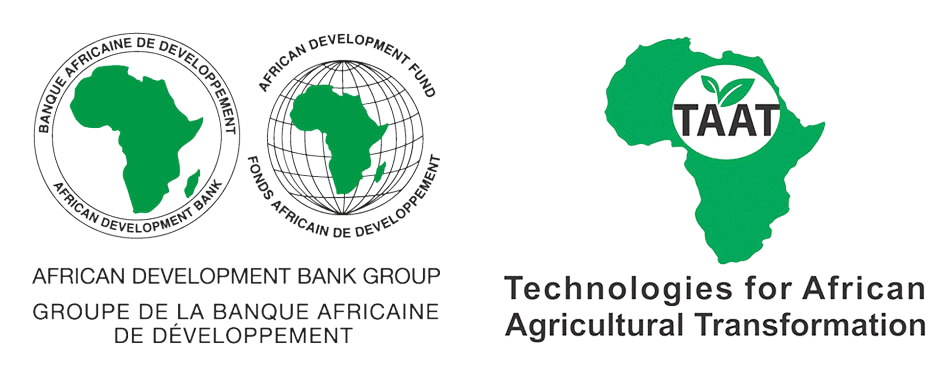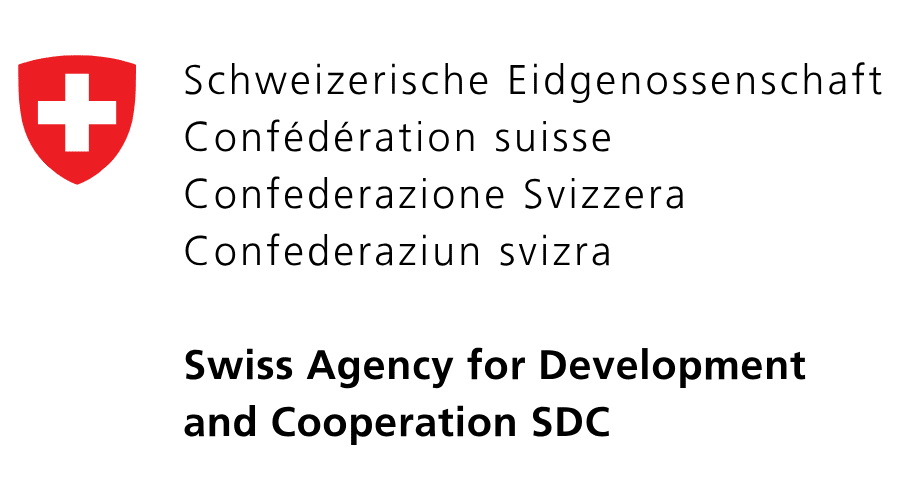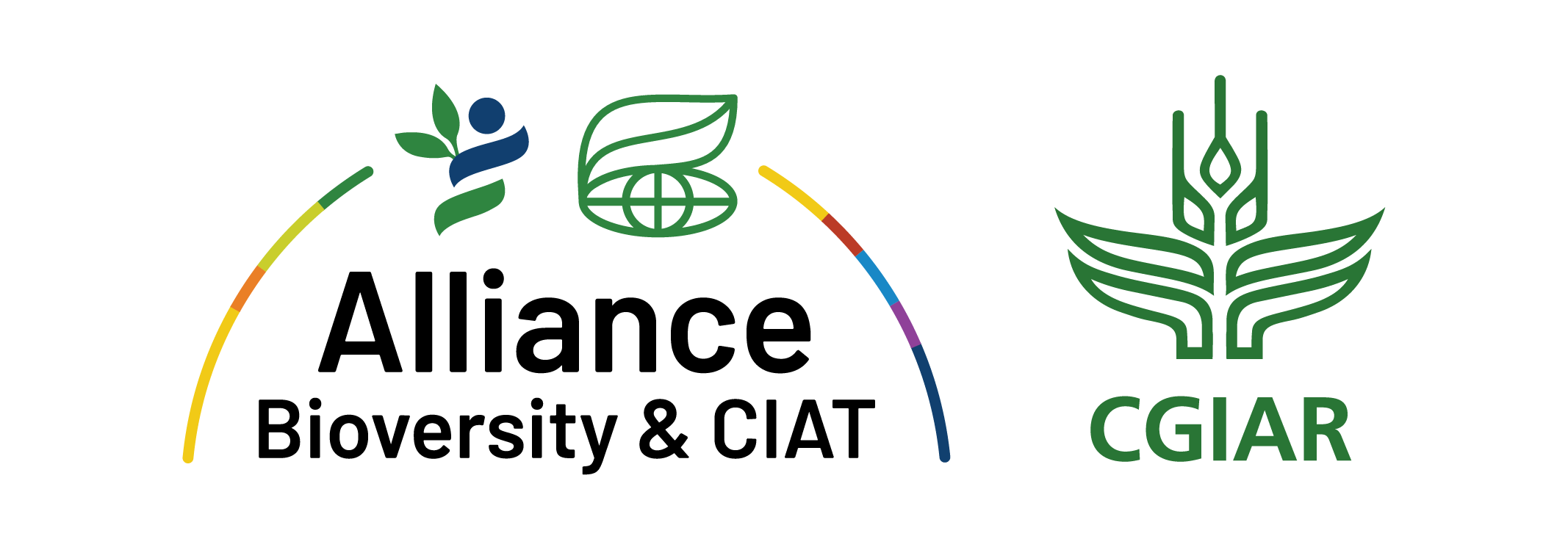Our impact
In PABRA we don’t just aim to improve the technologies, delivery systems and marketing of beans. We aim to create impact – to improve the food security, income and health of smallholder farmers and urban dwellers across Africa.
It’s easy to know our outputs emanating from the activities. For example, we record the number of varieties released each year; and the number of researchers, farmers and community members that attend PABRA supported trainings.
To find out exactly what impact our work has had – and is having – on our target populations and their environments, we carry out ‘impact assessment’ studies based on intensive surveys aimed at eliciting specific information on the extent to which bean technologies are used and what benefits those using them are realising. In collaboration with our partners, we have conducted (and continue to conduct) a number of adoption and impact assessment studies.
Here are some of our headline results:
- Adoption of climbing bean varieties substantially increased over the past 15 years, occupying about 43 percent of the national area planted to beans.
- Overall adoption of improved varieties in Rwanda and Uganda increased by about 20% between 2004 and 2011.
- In Uganda, improved bean varieties released since 1998 were cultivated on about 125,000 ha in 2012.
- In Ethiopia, improved bean varieties released between 2002 and 2012 were cultivated on about 142,715.2 ha by 2012.
- Adopters of these improved varieties in Rwanda have experienced 53% yield gains, while productivity in Uganda has increased by about 60%.
- In Rwanda, 16% more households would have been food insecure without the improved bean varieties; in Uganda 2% more households would have been food insecure.
- In Zambia, studies observed gender biases in bean production that favor men against women, with pronounced variations across provinces, supporting the conclusion that additional interventions are needed.
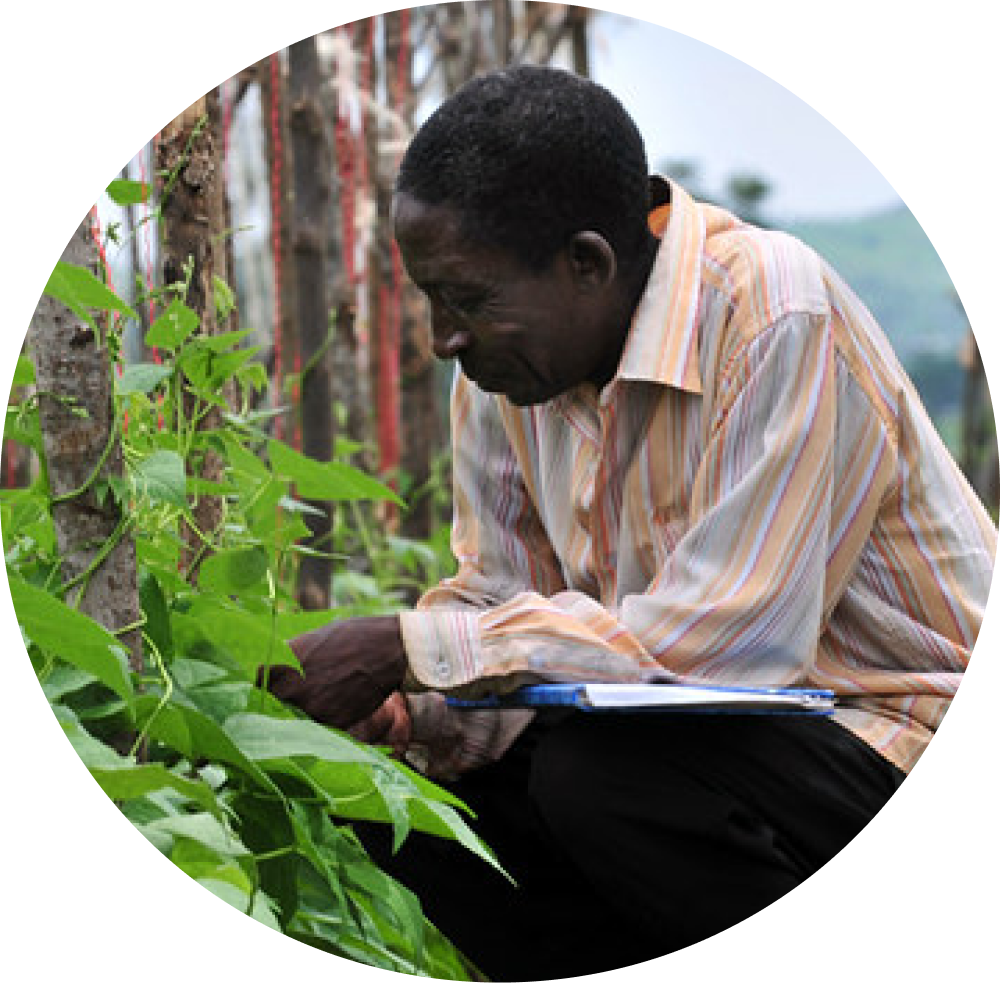
Where we work
PABRA stretches across 31 member countries. Each country is a member of one of three facilitating networks.
Tanzania and DR Congo are members of both the ECABREN and SABRN networks. This is for two reasons. First, they both belong to two sub-regional organizations: The Centre for Coordination of Agricultural Research and Development for Southern Africa (CCARDESA) in the Southern African Development Community (SADC) region as well as Association for Strengthening Agricultural Research in Eastern and Central Africa (ASARECA) in the East and Central African region. Secondly, rain patterns and cropping seasons differ across the regions. North Tanzania and East DR Congo are better matched to the climate of ECABREN, while South DR Congo and South Tanzania are better matched to SABRN.
Coordinating team

Jean-Claude Rubyogo
Bean Programme Leader & Director, PABRA

Eileen Nchanji
Gender Specialist
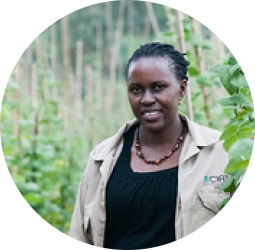
Clare Mukankusi
Global Bean Breeder

Wilson Nkhata
Bean Breeder & Coordinator, Southern Africa Bean Research Network (SABRN)

Eliud Birachi
Market Economist

Enid Katungi
Agricultural Economist

Teshale Mamo
Bean Breeder, Coordinator, East & Central Africa Bean Research Network

Louis Butare
Coordinator, West & Central Africa Bean Research Network (WECABREN)
The promise of beans
The common bean is a highly important crop in Africa, with enormous potential to improve health, food security, and incomes for marginalized communities, while also making a significant contribution to national economies. It is the most important, widely grown, and consumed grain legume in Eastern, Central, and Southern Africa, where approximately 6.3 million hectares of land are used to grow beans every year. The demand for beans has steadily increased, transforming them from a subsistence crop to a market-oriented one, reflecting changes in eating habits and the growth of urbanization. In regions such as western Kenya, Rwanda, and Burundi, people consume between 50 and 60 kg of beans annually, making the region the highest per capita consumer of beans in the world. Additionally, the growth of specialized bean markets, such as those for canned beans and snap beans, along with the expanding urban population, has created lucrative markets for smallholder farmers. Bean farming is highly versatile, with early-maturing, higher-yielding, and more resilient varieties that allow farmers to harvest up to three times a year, ensuring year-round productivity and food security. Furthermore, beans improve soil fertility, can be planted alongside other crops like maize, cassava, and banana, can be stored for long periods without spoiling, and are easily converted into cash to meet urgent household needs. Beans are also an excellent source of protein, iron, and zinc, essential nutrients that help combat malnutrition, especially when combined with other food crops. In a continent with rapidly growing populations, increasing agricultural productivity and achieving food security are key priorities, and bean cultivation represents a crucial solution for improving nutrition and household incomes in rural areas.









